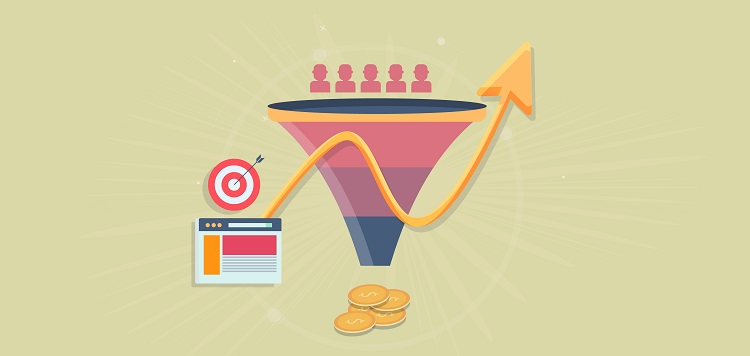In today’s competitive business landscape, effective demand generation techniques have become paramount. As a business owner, your goal is to increase brand awareness while ensuring that every penny of your budget is wisely allocated. This article will provide you with a comprehensive guide to crafting a successful demand generation strategy, from assessing your products and services to designing effective landing pages and optimizing your campaigns.
Assessing Products and Services
To effectively generate demand, it is crucial to assess the features and benefits your products or services offer. Understanding what clients gain from purchasing them allows you to tailor your messaging to address their specific needs and desires.
Competitor Research
Competition is inevitable in any industry. By conducting thorough competitor research, you can identify other companies offering similar products or services. This insight will help you differentiate your value propositions and develop strategies that set you apart from the crowd.
Understanding Buyer Needs
Market research plays a vital role in understanding the needs and preferences of your target audience. By identifying what your potential buyers are searching for, you can develop demand generation content that resonates with their needs, positioning your business as a solution provider.
Content Creation for Demand Generation
At the heart of most demand generation campaigns lies compelling content. From blog posts and social media content to whitepapers and eBooks, creating valuable and engaging content helps build trust, establish thought leadership, and nurture leads.
Moving from Awareness to Sale
While spreading awareness is important, the ultimate goal of demand generation is driving sales. Therefore, it is crucial to align your demand generation strategy with your sales objectives. By optimizing lead nurturing campaigns, implementing targeted email marketing, and leveraging retargeting techniques, you can effectively convert leads into paying customers.
Designing Effective Landing Pages
The landing page is the gateway to converting visitors into leads or customers. It should clearly define what you have to offer, focusing on your unique value proposition. Experiment with different messaging and calls to action to maximize conversions and gain optimal results from your landing pages.
Testing and Optimizing
Demand generation is an iterative process that requires continuous testing and optimization. By tracking and analyzing key metrics, such as conversion rates, bounce rates, and engagement levels, you can identify areas that need improvement and refine your campaigns accordingly.
Planning
Planning is the foundation of a successful demand generation strategy. Before diving into execution, take the time to develop a comprehensive plan that aligns with your business goals, target audience, and available resources. A well-thought-out approach helps minimize guesswork and ensures better allocation of time and resources.
In the ever-evolving business landscape, effective demand generation strategies are essential for business growth and success. By carefully assessing your products and services, understanding buyers’ needs, creating engaging content, and constantly testing and refining your campaigns, you can drive brand awareness, nurture leads, and ultimately generate sales. Remember, success in demand generation lies in the combination of strategic planning, thoughtful execution, and continuous optimization.

